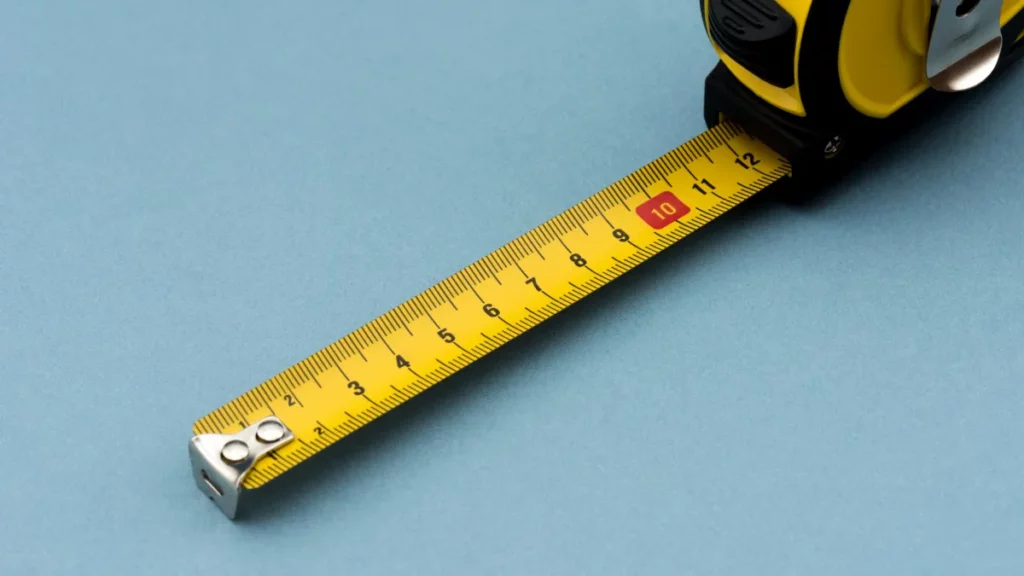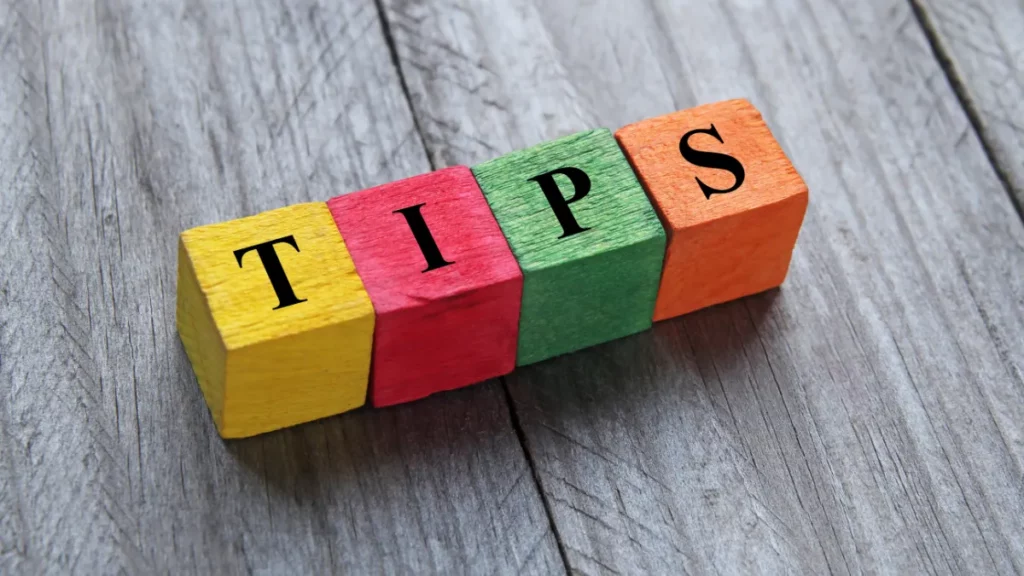
This site is reader-supported. We may earn a small commission if you make a purchase from one of our partners.
If you find yourself in the middle of a tricky dispute, a Cease and Desist letter may help you resolve your issues. However, not everyone knows how to write and effective one.
In this article, we’ll review how to write an effective Cease and Desist letter, what you should include in that letter, and seven tips for making your demand letter more effective.
Ready? Let’s go.
What is a Cease and Desist Letter?

A Cease and Desist letter is a formal request for someone to stop doing something that is causing you harm. They can also be used to stop intellectual property infringement, harassment, or defamation, among other things.
For example, if your company’s trademark is being used without permission, you may send a Cease and Desist letter asking the infringing party to stop using it.
How Does A Cease and Desist Letter Differ From A Cease and Desist Order?

A Cease and Desist letter is not a legal order, nor is it legally binding. It is simply a request to stop a specific behavior with a threat of legal proceedings.
On the other hand, a Cease and Desist order is a legally binding order issued by a court or government agency. This type of order requires the recipient to stop the specified behavior immediately or face legal repercussions.
These orders can also be known as either a permanent or temporary injunction.
Six Common Reasons to Send a Cease and Desist Letter

Cease and Desist Letters are more common than you might think. Here are a few of the more common reasons you might want to send one.
Defamation
A Defamation Cease and Desist letter can be used when you need to stop either slander (spoken defamation) or libel (recorded defamation). Your letter would typically demand the defamation stop and maybe even request a retraction.
Harassment
A Harassment Cease and Desist letter is sent when you want someone to stop harassing you. This can include unwanted contact, threats, or any other behavior that makes you feel unsafe. This harassment can be in person, in writing, or online.
Your letter would request that the harassment stop and, in some circumstances, may also request financial compensation for the distress caused.
Property Disputes
A Property Cease and Desist letter is usually sent to a neighbor when they are doing something that is affecting your property. This can include trespassing, encroachment (building on or over your property line), or HOA disputes.
Your letter would demand that their specific actions stop immediately, or they could face future legal action.
Debt Collector Issues
Debt collectors in the United States are bound by the Fair Debt Collection Practices Act (FDCPA). This act specifies what actions are permitted by debt collectors in the course of their job.
If debt collectors are unfairly harassing you, a Debt Collector Cease and Desist Letter can help put a quick stop to it.
Contract Issues
If someone is breaching a contract with you, you may want to send them a Contract Cease and Desist letter. This type of letter would spell out how they are breaching the contract and request that they stop these actions immediately.
You would typically see this situation where a vendor/customer is not adhering to your contract or when a former employee is breaking the terms of their prior employment agreement.
Intellectual Property Disputes
There are three common types of intellectual property disputes: trademark infringement, patent infringement, and copyright infringement. If any of these apply to you or your business, an Infringement Cease and Desist letter can help you get the relief you deserve.
What Should You Include in a Cease and Desist Letter?

Before focusing on how to make your Cease and Desist letter effective, you need to know what to put into it. Here’s a quick list of the critical elements:
Contact Details and the Date
Every Cease and Desist letter must have the date, your contact information, and the recipient’s contact information. These are the foundational elements necessary to have a formal record of your demand.
A Polite but Firm Opening
You want the recipient to take your letter seriously, but you also want to maintain a cordial and professional tone. This can be tricky, but its critical as an overly aggressive tone can escalate tensions.
A Thorough Explanation of the Problem
You need to be clear about the problem and how the recipient’s actions are causing it. This section should detail everything you want them to stop doing.
It’s also helpful if you can clearly explain the harm (either physical, emotional, or financial) that these actions are having. This will help add weight to your argument.
A Demand For Change
The most important part of your Cease and Desist letter is your specific demand or demands. Whether you ask them to stop a particular behavior, pay damages, or issue a retraction/apology, you need to be clear about what you want from them.
If you have more than one demand, list them in order of importance.
The Consequences of Non-Compliance
In this section, you need to spell out what will happen if the recipient does not comply with your demands. This may include taking legal action or filing a complaint with a government agency.
It’s essential to be clear that you are not making an empty threat and are prepared to follow through on your consequences.
A Strong Closing
You want to end your Cease and Desist letter on a strong note. This means restating your demands and reaffirming your resolve. Don’t be aggressive or rude, but do maintain a strong voice.
Signature
Be sure to sign the letter at the bottom so it’s official. A letter without a signature is much less effective.
How Long Should a Cease and Desist Letter Be?

This will depend on the specific situation, but as a general rule, you want to keep your Cease and Desist letter as short as possible. You want to be clear and concise so that the recipient can understand your position quickly.
You also don’t want to give them too much information as this can be used against you later on.
We strongly prefer to send a letter no longer than two standard pages. Any more than that, and it will be less effective.
One important note. This two-page target doesn’t include appendices. If you have supplementary information, such as screenshots of online harassment or proof of trademark infringement, you can include them separately so as not to distract from your strong language.
7 Tips For Making Your Cease and Desist Letter More Effective

Now that you know what goes into a Cease and Desist letter, here’s how to increase your effectiveness and the likelihood of positive results.
Know the Purpose of Your Cease and Desist Letter
The most important thing is to be clear about what you want to achieve with your letter. Whether it’s stopping online harassment, getting someone to pay damages, or getting a retraction/apology, knowing your goal will help you write an effective letter.
If you’re unsure what your goal is, your letter will likely be less effective as it will be unfocused.
Understand the Limitations of Your Cease and Desist Letter
A Cease and Desist letter is not a magic wand that will fix all your problems. These letters are not legal documents; they are simply a tool that can help resolve a dispute and change the offending behavior of a person or business.
It’s also important to understand that a Cease and Desist letter is not legally binding. This means that the other party is not required to comply with your demands. However, if they don’t comply and you take them to court, a judge may order them to comply as part of a ruling.
Draft the Letter in a Clear and Concise Manner
As we’ve already mentioned, you want your letter to be clear and concise. This means getting straight to the point and not including any unnecessary information.
You also want to use simple language that the average person can understand. Avoid legal or technical jargon as it will make your argument harder to follow.
Send the Letter to the Appropriate Party/Address
If you’re sending a Cease and Desist letter to an individual, be sure to send it to the right person. This means finding their home address or sending it through certified mail if they live in another state.
If you’re sending the letter to a business, find out who the owner/manager/lawyer is and send it to them directly at the address listed on their website.
Follow Up Soon After Sending
Once you’ve sent your Cease and Desist letter, it’s essential to follow up soon after. This means sending a copy of the letter directly to their lawyer (if they have one) in the event you don’t get a response.
You should also watch their social media accounts and websites to see if you see any hints of a behavior change. This will give you more ammunition in the event you need to pursue legal action.
Get Help From a Lawyer
If you’re still unsure how to write an effective Cease and Desist letter or if the situation is complex, we recommend getting help from a law firm.
They can guide the specific language to use and help you understand whether you need to take further legal action. Sometimes, it’s better to pay for an attorney upfront than to be faced with mounting legal fees down the line.
Send Your Letter via Certified Mail
One last tip. Be sure to send your Cease and Desist letter via certified mail with a return receipt requested. This will prove that the letter was received and provide a record of the date it was sent. This will be helpful if you need to make any civil claims or start a civil suit.
Conclusion
A well-written Cease and Desist letter can be a powerful tool to get someone to stop their harmful activity. The best letters are clear, concise, specific, polite, and professional.
Do you need an effective Cease and Desist Letter? Start your letter now!

Wes Talisman is a freelance journalist who helps answer common legal questions for everyday people. He’s never won a Pulitzer Prize, but he does write a stellar Cease and Desist letter.